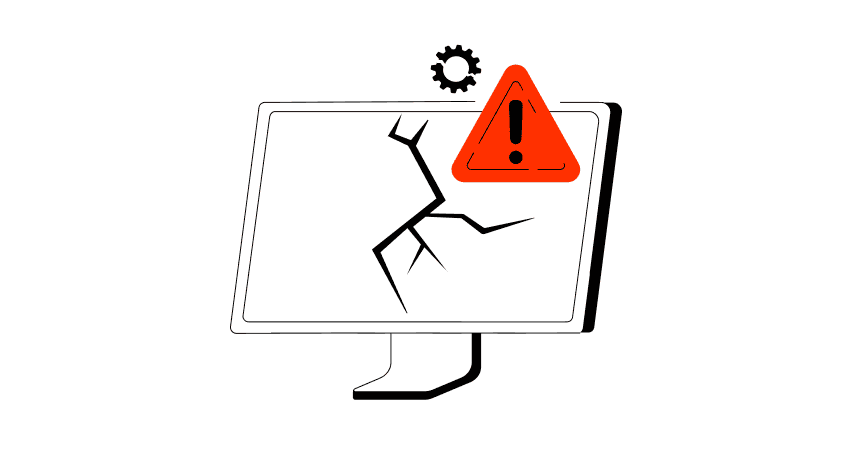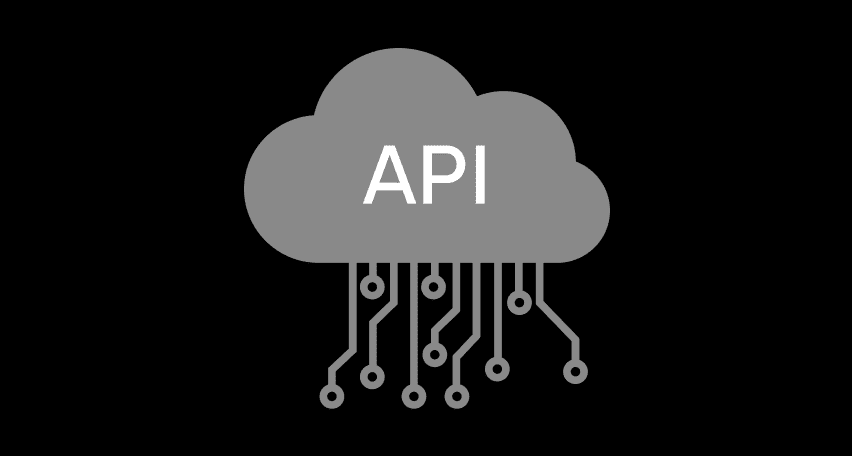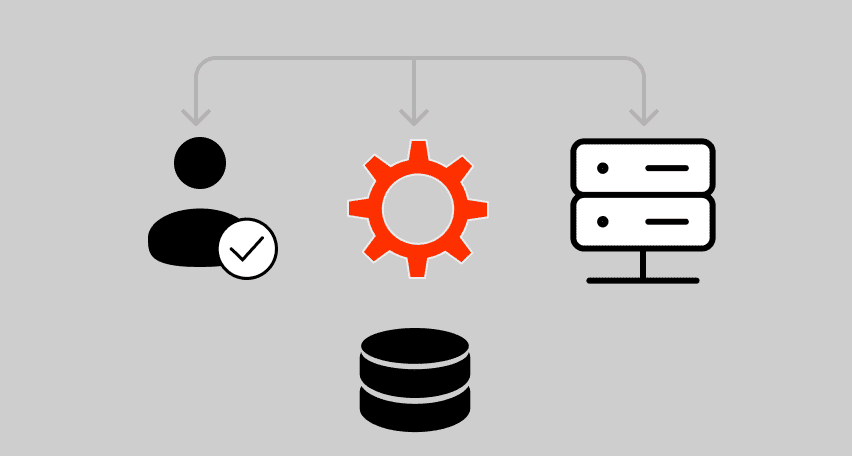How To Minimize Risks When Releasing Software In High-Load Environments
One of the most critical challenges in software development is providing users with updates and new features without causing any hiccups or downtime. Many development teams used to plan deployments for times throughout the night or during the day when users were least likely to be accessing the applications. Easy-to-find deployment windows are no longer relevant since customers want cloud-based, round-the-clock environments accessible in all time zones. Fortunately, blue-green and canary deployment configurations are popular strategies that avoid risks and downtime almost totally, and both of them imply the necessity of performance testing.
This article will cover the various strategies that can mitigate risks and support your production deployment success.
Why Are Deployment Strategies Necessary?
Deployment strategies are required to guarantee software programs are deployed effectively and reliably with the slightest disturbance to users. These strategies assist businesses in lowering the possibility of data loss, security breaches, and system outages while enhancing the functionality and quality of their software. To protect the data of its clients, customers, and users, organizations are supposed not only to comply with security guidelines and utilize various SOC 2 security monitoring platforms, but also to ensure that all deployed tools will work seamlessly.
Deployment strategies are essential for the following reasons:
Deployment strategies are essential in the grand scheme of things to guarantee the effective, safe, and reliable deployment of software applications. Through performance testing, organizations may minimize downtime, increase dependability, strengthen security, and maximize performance. It will ultimately improve the user experience for their clients.
Deployment Strategies to Consider
What is Blue-Green Deployment?
One of the most popular solutions is blue-green deployment, which divides your application environment into two equally resourced portions, Blue and Green. Using your load balancer to direct traffic, you serve the present application on one-half of your environment (Blue). Then, without changing the blue environment, you can deploy your new application to the other half of your environment (Green).
While you test and deploy to your green environment, use your load balancers to guide traffic so that your production users may continue using your blue environment without interruption. With no noticeable impact on your users, you can move your load balancer to target your green environment after successful deployment and testing.
This configuration of your application environment has numerous advantages. For instance, as part of a disaster recovery plan, or even while your application is experiencing high demand, the green environment can serve as an instant hot standby.
What is Canary Deployment?
Although it employs a slightly different technique, canary deployment functions similarly to blue-green deployment. By cutting over a small selection of servers or nodes first, canary deployments eliminate the need to wait to switch over an entire environment before moving on to the others.
Configuring your environment for canary deployments can be done in various ways. The most straightforward approach is to configure your environment as usual behind your load balancer and maintain one or more extra nodes or servers (based on the size of your application) as an underutilized spare. For your CI/CD process, this spare node or server group serves as the deployment target. You add this node back into your load balancer for a short period and a restricted number of users once you construct, deploy, and test it. By doing so, you may ensure that modifications are effective before doing the same action with the remaining nodes in your cluster.
Another alternative is to employ a development strategy known as feature toggles to configure a canary deployment. Feature toggles or feature flags function by creating and releasing your modifications to an application managed by a configuration that activates those modifications. You can remove, deploy, and re-add a node to your cluster without using the load balancer to test or manage anything. After all the nodes have been updated, you turn the feature on for a few users before making it available to everyone.
The drawback of this approach is that it will take more time and money to design your program to enable feature toggles. The complexity and impossibility of adding this feature will depend on how old and large your program is.
What is Load Testing?
Load testing is a type of performance testing that assesses a system’s ability to handle a specific workload and user traffic. It is a helpful technique for evaluating how well websites, software programs, and other information systems operate and how scalable they are. For education platforms, load testing for e-learning ensures that students and instructors can access course materials, live sessions, and assessments without performance issues, even under high traffic.
This procedure is essential since it provides these systems numerous benefits, including optimum performance and detecting possible bottlenecks. Load testing aids developers and administrators in optimizing the system for a better user experience and dependability by exposing it to various loads.
Load testing ensures your program will function as intended when deployed. Your application’s ability to properly underload is not guaranteed, even if it passes a functional test. Load testing helps you find and repair application bugs before releasing a product into production by determining where and when they occur.
Since digital apps play a vital role in the operations of businesses and customers, it is crucial to confirm that they can handle realistic load scenarios. Higher standards for quality are associated with a greater use of digital applications; if your application doesn’t work as intended, it could get expensive.
The ultimate goal of load testing tools in general, is to reduce risk. It includes risks to the successful functioning of your software, the end users’ sanity, and the financial health of your business. Naturally, there are connections between all three of them, so it’s critical to understand how these work together and where you, as a developer or tester, can make a positive impact. If you concentrate on reducing the middle criterion—user sanity—the other two will typically fall into place. Additionally, most load-testing problems ultimately come down to users’ perceptions rather than optimum page load timings and other technical details.
Which Is the Best Strategy to Use?
So, which deployment strategy is the most effective for achieving zero downtime? There are differences between the three, but they are successful strategies that call for a comparable design.
Blue-green gives the most secondary benefits with the least amount of application changes if you can access two complete application hosting environments and your application rarely changes in a way that is not backwards compatible. It allows for a zero downtime environment, which you can use in a catastrophe recovery scenario or when performance problems arise.
On the other hand, if your application is modular and configuration-driven or has limited extra resources, consider the canary deployment option. You reduce the money spent on running and maintaining your environment, even though you don’t have an additional environment to use for other issues. Another benefit of canary deployment is that turning features on and off at any time or under any criterion is simpler.
However, performance testing of your applications’ and environments’ architecture is necessary for both approaches as it shows you whether your website behaves differently when loaded, whether your code change has unforeseen effects, and ultimately saves money by catching errors before they become expensive problems in production.
Final Thoughts
When it comes to software deployment, Blue-Green Deployment, Canary Deployment, and Load Testing are efficient techniques that reduce risk and downtime. The development team’s unique needs and objectives will determine the best option. While Blue-Green Deployment is best for reducing downtime and facilitating quick rollbacks, Canary Release is better suited for testing new features and lowering risks. On the other hand, load testing or performance testing aids in determining how your application will function in a production setting before deployment, allowing you to identify and address problems before going live.
Related insights in blog articles
11 API Failure Causes and How To Solve Them

When an API fails, the consequences ripple quickly through the entire system. Transactions stall, integrations break, and frustrated users flood your support channels. Understanding exactly why API failures happen — and how to fix them — is essential for developers and businesses alike. This article examines the most common reasons behind API failures, explores the […]
API Mocking: A Complete Guide

Waiting for APIs to become available or stable can slow down entire projects. API mocking provides a smart way to avoid these roadblocks by simulating real API responses, keeping your teams productive and ensuring smoother integration down the line. In this guide, you’ll discover exactly what API mocking involves, how it differs from using real […]
API Endpoint: A Complete Guide

Modern applications rely heavily on APIs (Application Programming Interfaces) to communicate and exchange data across different systems. At the heart of this interaction lies the API endpoint — a fundamental concept that defines where and how data exchanges happen. This guide explains clearly what an API endpoint is, outlines its importance, and provides practical insights […]
gRPC vs. REST: Detailed Comparison

Choosing between gRPC and REST can feel confusing, especially if you’re trying to figure out the best way for your applications to communicate. This article breaks down the grpc vs rest comparison clearly, without jargon or confusion. You’ll learn exactly what each protocol is, the advantages and disadvantages of each, and understand why gRPC is […]
Be the first one to know
We’ll send you a monthly e-mail with all the useful insights that we will have found and analyzed
People love to read
Explore the most popular articles we’ve written so far
- Top 10 Online Load Testing Tools for 2025 May 19, 2025
- Cloud-based Testing: Key Benefits, Features & Types Dec 5, 2024
- Benefits of Performance Testing for Businesses Sep 4, 2024
- Android vs iOS App Performance Testing: What’s the Difference? Dec 9, 2022
- How to Save Money on Performance Testing? Dec 5, 2022

